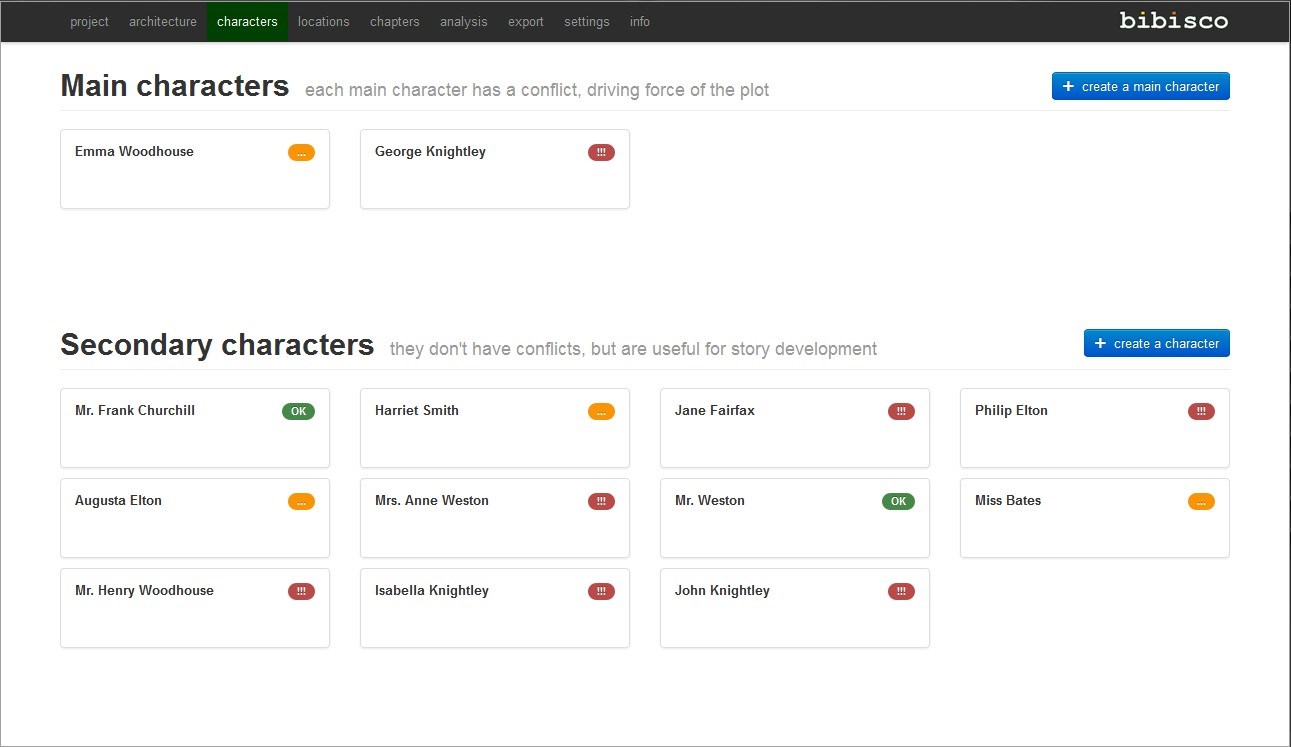
The format is ] and can be easily inserted with completion by `org-insert-link'.įor more complicated attachment linking scenarios it might be better to configure the attachment directory to be absolute (`org-attach-id-dir').Ĭonclusion: The use of Org attachments and the attachment: link type stabilizes links to files.Ģ. When referencing one of the attached files within the heading, one can use the `attachment' link type, which points to files resolving to the attachment directory.

`org-attach-sync' makes sure these changes are propagated to the Org file (and/or its memory representation). addition of files produced by a spreadsheet app). Changes to these directories can include external modifications (e.g. Synchronize the current task with its attachment directory, in case you added attachments yourself.įurther explanation: When moving headings around, one can choose to also move the attachments along, for example, by relying on OLD-HEADING and NEW-HEADING's respective attachment directories. If it makes sense to move attachments when moving headings around, or when otherwise adding files externally to the attachment directory, there is `org-attach-sync' (): For a given heading, run a command (conveniently, from the dispatcher) to visit the attachment directory for the heading from the configured file browser or Dired: and, respectively. Attachment directories, the :ATTACH: tag and :ID: property are conveniently added by one of the attach commands, but can also be customized (`org-attach' is the dispatcher, bound by default to ). Any attachment is represented by a heading with the :ATTACH: tag and an ID in the :ID: property of its drawer. Basically, a heading has an attachment directory, whose name is by default generated by Org, and optionally inherited from some level in the outline hierarchy.
Outliner taskpaper vs folding text manual#
Linking implies too many manual operations to keep things tidy when moving headings around. docx files but I reorganize my folder structures too often to make such file links stable. But if these two points are the only reason you shy away from giving org-mode a try, do not worry and don't let them stand in your way. They range from remapping of some central keys to completely different ways of inputting commands, e.g., inspired by vim.ĭon't get me wrong, you can user whatever you want. But for those who do experience issues, there are multiple solutions around that you might want to give a try. I, for one, have been using Emacs for well over 20 years and have never had any problems along those lines. RSI - I've heard this argument multiple times, and I believe that it actually might affect some people.
Outliner taskpaper vs folding text software#
Unless you're arguing by analogy that you cannot use such software as "Chrome" or "TensorFlow" because they have not yet been completed.Ģ. The fact that it is under active development is not a shortcoming, it's a plus. It has been tried and tested for many, many years and is widely used in its niche. Org-mode is currently on stable release 9.3.6. like some kind of "version 0.2 beta, use at your own risk". Org-mode (or Emacs?) is not completed, by which you imply it is in some kind of premature state that it's not ready to use. There's nothing wrong with using alternative solutions, but your critique of Emacs is mostly FUD and a repetition of cliches. In my opinion, org-mode eliminates the risk of hitting any sort of barrier after years of sunk costs. If I don't like a certain workflow, I can grow, develop or change my filing and note-taking system as I see fit. No longer do I need to know where things are. Now, with org-roam, I create hubs of knowledge and ideas that I can come back to at a later point without worrying about linearity or chronology.

After years of using it and thousands of articles I find things. With org-mode I have created my very own filing and research system. It became my personal black hole that swallowed up information but never gave it back. I couldn't find things when I needed them, it didn't support a non-linear mode of work. I used to keep my academic notes in Evernote and it turned into hell after about 2,000 notes and a few years of work. After (!) one has sunk thousands of hours into them. What some are missing is the fact that low barriers to entry sometimes turn into barriers to growth at a later stage. I see a lot of comments arguing that it's not "worth it" to spend dozens of hours to "get into org-mode" when there are "intuitive tools" such as Evernote or Trello or Todoist etc.


 0 kommentar(er)
0 kommentar(er)
